It’s been a long time since I have blogged. This past year I have been teaching grades 6 and 7 Biology at a private STEM-oriented school in Silicon Valley. It’s my first year teaching full-time and often it feels like I have 2 jobs, not one, and hardly any time for orchestra, let alone blogging. I had started to feel like I was barely keeping my head above water, technique-wise, and I wondered, am I going to have to quit playing altogether again, at least for a while, to make this job work?
But now, my school, like all the others in Santa Clara county California, has been closed for almost 4 weeks, and we teachers and our students are slowly adjusting to distance learning, Microsoft Teams, and Zoom, Zoom Zoom.

I am privileged to still have a job and roof over my head. And I have a box of masks left over from the CA wildfires last year–not sure whether I can call that lucky, but I do have them. Introvert that I am, I may not be minding the current situation as much socially as some folks are. I need quite a bit of alone time, and I remember many long days of childhood spent at home with only books, dolls, and imaginary friends. In some ways, I’ve been doing this before it was cool. Or necessary. I even have a husband who shops and cooks, so I don’t have to!
But one aspect of this quarantine that has bothered me and made me disappointed and sad even more than I expected was the complete loss of my musical outlets and opportunities. First it was my remaining chamber group: no, we can’t go to the organizer’s house this week. He and his partner are in the high-risk age group. Then it was the South Bay Philharmonic concert that got cancelled. In honor of the 250th anniversary of Beethoven’s birth, we had planned to play Beethoven’s 4th, one of two Beethoven symphonies (#4 and 8) that I need for my bucket list. We had been through all the rehearsals but the dress, and then the news came: no gatherings of more than 250 people allowed.
Things moved quickly after that: I went home from school for a short March break and haven’t been back since. My son’s high school closed too; my Googler husband is working from home.
And here we are.

For some reason when I finally did pick up the viola to play again, I felt the need to go back to my viola roots, to the basics. When I first started playing the viola, switching from violin around 14 years ago, that meant Bach suites. I played the Courante from #1, which had been my favorite back then, and the Allemande. Then I found suite #2, with its D-minor prelude. It seemed darker and more serious than suite #1. That was when I really started feeling like I had gone over to the “dark side,” the viola, and there was no turning back.
Instead of putting my viola back in its case after that, I put it on a hanger in my spare bedroom/office. I started taking “Bach breaks” from online teaching or lesson planning. I would just run through something, work on a little bit here or there . . . and then something else occurred to me. My daughter stayed in Oregon, where she attends Willamette University, because she lives off-campus and dorm closures didn’t affect her. Her room, sitting empty, has a balcony, which is why she claimed that room when we moved here in 2015.
Inspired by the quarantined Italians I had seen singing from their balconies, I stepped out from my daughter’s room with my viola. Would this work, or would I look ridiculous? A few joggers and dog walkers went by, and I brought out my music stand and played some Bach.
Later I set up my phone and livestreamed it on Facebook. I think I had a larger audience on Facebook than I did live on my small, quiet street, but that may have been for the best. If a real crowd had gathered I might not have had the courage to continue.
That balcony session led to some surprising and delightful responses. One was the reaction of my new friends and colleagues at school. I decided to go out on a limb and share it with my fellow teachers and my students in our online platform. They were very sweet–“that sounded awesome!” said one. The video got shared in our school newsletter too. And then there were the oranges. One of my neighbors left some oranges on our front porch from a tree in their yard, with a nice Thank You card for the “beautiful music while working in the garden.” I eat one orange every morning for breakfast, and I still don’t know who it is!
I’ve also had a Skype lesson with my viola teacher. We worked on Bach–the prelude from the 3rd suite now–and also on Mozart’s Sinfonia Concertante, which I think might be my next project. The lesson worked quite well and I think I’d like to continue this type of lesson with my teacher even when the quarantine is lifted. Not having to drive to Palo Alto and back saves me almost an hour, and might enable me to fit more lessons back into my regular schedule, even when school starts again.
And, I’ve played some fiddle tunes in what I’ll call “Zoom church.” It is the UU Fellowship of Sunnyvale’s answer to having to close down live services. Instead, we have Sunday services on Zoom, with everyone calling in from home. At this point I’m still not a pro with Zoom by any means (just ask my students) but any squeamishness I may have felt about being recorded on video is rapidly becoming a thing of the past.
But, what about orchestra? I still miss it terribly. When I moved to CA, orchestra was both my greatest loss for what I left behind in MA, and my best source of new friends and experiences in CA. But I’m no longer just finding my way in these orchestras. I’ve been here a long time. It surprises me and brings me up a little short that now, here, I’m at the point of grieving another musical loss rather than exploring something new and exciting.
I’ve seen many wonderful videos of orchestras playing together at a distance, some of them on violinist.com. George Yefchak, our conductor at the SBP, had the idea to do a video like this as well, using the Scherzo from Beethoven’s 4th that we were going to play in the concert. He had the vision and did a heroic collecting and editing job to make that vision a reality. I’m there in the third row on the left, wearing an alto clef T-shirt. Fellow violinist.commer Gene Huang, the SBP concertmaster, is up in the top left corner too.
It’s not the whole symphony, and my sympathies go out to Roger, our horn soloist, whose concerto had to be postponed. But I’m still going to count it for my bucket list. Only Symphony #8 to go!
I know this quarantine has been a disaster for many professional musicians who live from gig to gig. I appreciate every one of them who has been sharing their talents with the rest of us to inspire hope and help us get through this difficult time. This is also a time when some of those distinctions start to fall away–professional, amateur, rich, poor, famous, ordinary, even young and old–the virus, and the need for human contact and hope, don’t know these distinctions. We may be here a long time, and we can all share with each other, and need each other. The woods would be very silent if no birds sang except those who sang the best.


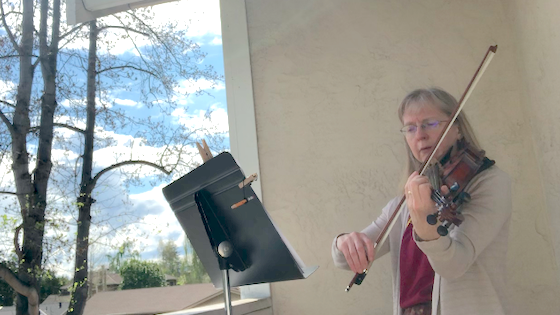

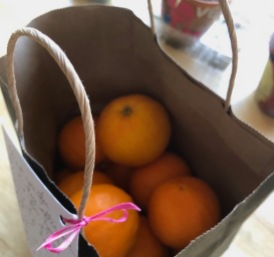
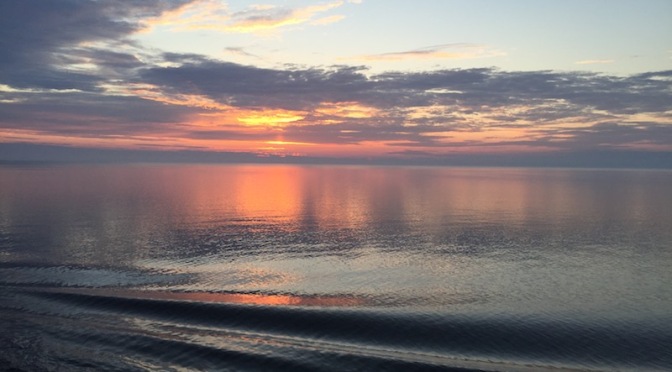
 The “We Are the World Blogfest,” posted on or around the last Friday of each month, seeks to promote positive news. There are many oases of love and light out there, stories that show compassion and the resilience of the human spirit. Sharing these stories increases our awareness of hope in our increasingly dark world.
The “We Are the World Blogfest,” posted on or around the last Friday of each month, seeks to promote positive news. There are many oases of love and light out there, stories that show compassion and the resilience of the human spirit. Sharing these stories increases our awareness of hope in our increasingly dark world.










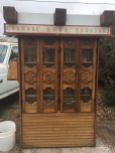



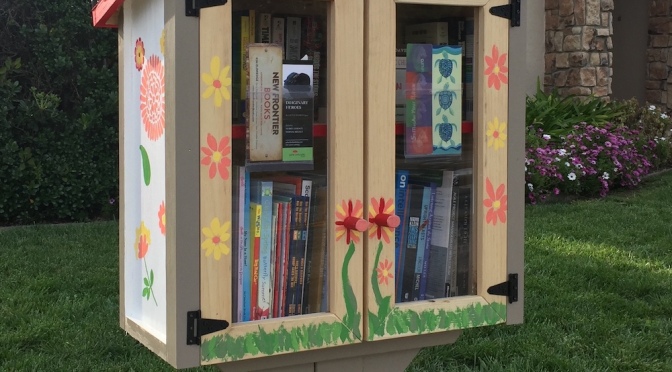














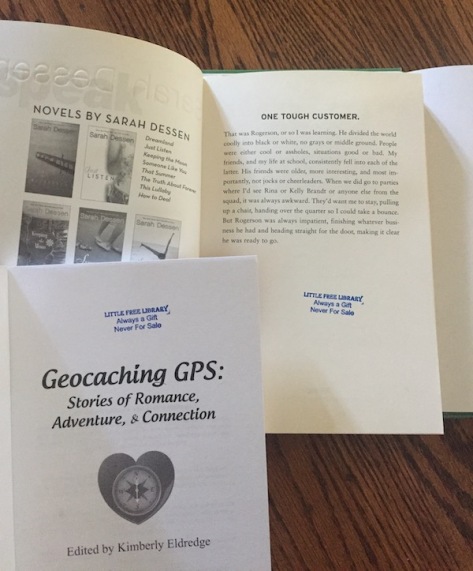



 I’ve written about adventure cycling for the We are the World Blogfest before, when I wrote about my friend
I’ve written about adventure cycling for the We are the World Blogfest before, when I wrote about my friend 














